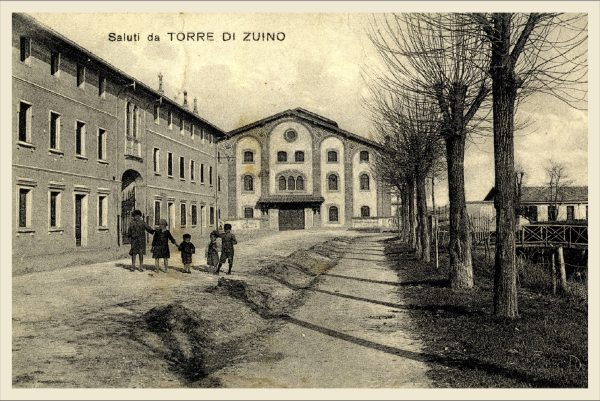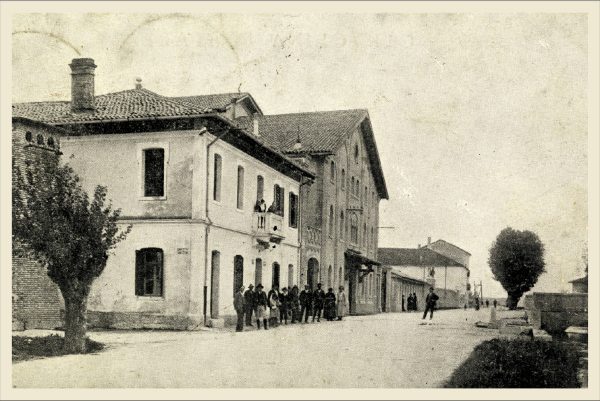Greetings from Torre di Zuino
The post-war period
The recovery, in the post-war period, was extremely difficult for the whole of Friuli. In the Lower Friuli, in addition to the war damage, the population also had to deal with the malaria emergency, linked above all to the presence of extensive marshes that favored the proliferation of mosquitoes. The situation began to improve towards the mid-twenties, when the first land reclamation projects began, which, as far as the territory of the current Municipality of Torviscosa was concerned, mainly concerned the southernmost part.
In this area, land reclamation was proceeding successfully and in 1932 the parish priest of Malisana, Don Olivo Bullian, could write that “the wheat harvest in the whole territory of Malisana was abundant; especially the reclaimed part gave a product that exceeded all expectations”.
Little by little, in Torre di Zuino the damage caused by the bombings in Villa di Sopra (now Via Roma) was repaired. A tobacco drying facility was also built.
In the meantime, in 1924 Count Augusto Corinaldi died and his property – 2800 hectares – was divided between his two sons. Gustavo was given the southernmost part, that of Malisana. The northernmost part, which also includes the village of Torre di Zuino, went to Edoardo who almost immediately sold it to the Armenian Fathers of the Mechitarist congregation of the island of San Lazzaro in Venice.
The period that followed was one of the most unfortunate for Torre di Zuino: the Armenian Fathers entrusted the management of their properties to unscrupulous intermediaries who exploited the settlers and laborers, often taking advantage of the support of the Fascist Union.
In 1936, the Armenian College, heavily in debt, was forced to sell its property: when the former director of the company, Father Karekin Lazzarian, definitively left Torre di Zuino, “nobody cried” recalls the parish priest Francesco Pituello in his diary.




 The Great War
The Great War